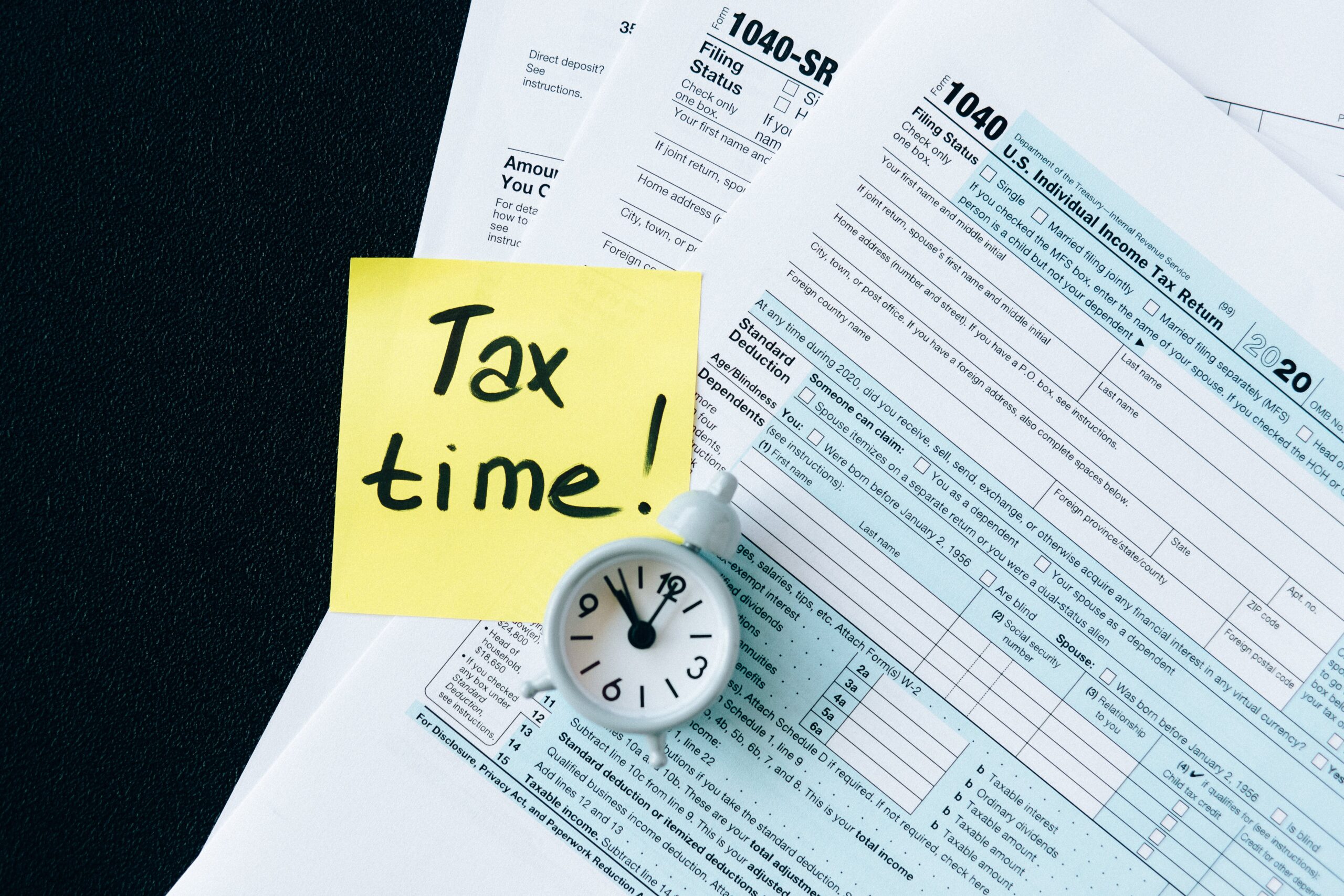If you and your employees plan on traveling for business this year, there are multiple…

Small Business Tax Planning – Reducing Your Obligation
As a small business owner, tax planning is a critical component of financial management. However, the tax code can be convoluted and challenging to navigate. As a result, it’s easy to overlook deductions and credits that could significantly reduce your overall tax obligation. In this article, we’ll explore some pragmatic steps small business owners can take to reduce their overall tax liability.
1. Understanding Your Business Structure
The legal structure of your business (sole proprietorship, partnership, LLC, or corporation) affects how you file your taxes and how much you pay. For instance, sole proprietors, LLC’s, and partnerships pass-through their business income and losses onto their personal income tax returns. In contrast, corporations pay separate taxes on their corporate income.
It’s important to understand the tax implications of your business structure and take advantage of deductions and credits available to your business. For example, corporations qualify for a wider range of deductions than do sole proprietorships.
2. Maximize Your Deductions
The tax code provides several tax deductions and credits to reduce your taxable income. Examples of deductions include home office expenses, office rent, equipment purchases, travel, and training expenses to name a few. Credits lower your tax liability dollar-for-dollar and can include research and development credits and hiring credits for veterans.
Work with an accounting/tax professional to identify all available deductions and credits that apply to your business. Make a list of potential deductions and credits early in the year and ensure you document all expenses and activities that qualify for tax relief. Careful tracking of expenses can save valuable time and money during tax season.
3. Retirement Account Contributions
Contributions to retirement savings accounts such as a 401(k), SEP, or IRA are tax-deductible. By making contributions to these accounts, you are reducing your taxable income. Additionally, retirement contributions offer long-term benefits of compounded interest and portfolio growth. Consult with a financial planner to determine the best retirement options for your business.
4. Higher Standard Deduction
When filing your federal income tax return, you’ll need to decide whether to itemize deductions or take the standard deduction. Note: the Tax Cuts and Jobs Act significantly increased the standard deduction amounts through YR 2025 and indexed them annually for inflation. High inflation has had the effect of increasing the 2023 federal income tax standard deduction allowances that are available if you will not itemize this year.
For 2023, the basic standard deduction amounts are:
- $13,850 for singles and married couples who file separately,
- $27,700 for married couples who file jointly, and
- $20,800 for heads of households.
If your total itemized deductions for 2023 are close to your standard deduction amount, consider making enough itemized deduction expenditures between now and December 31st to exceed your standard deduction. Next year, you can always claim the standard deduction, which will be increased again to account for ongoing inflationary pressure.
5. Donations to Charity
If you itemize and want to make charitable contributions to your favorite charities before year end, you can make them while also adjusting your taxable account investment portfolio.
If you have long term gains, consider donating appreciated investments instead of giving away cash. For itemizers, donations of publicly traded shares owned over a year result in charitable deductions equal to the full current market value of the shares at the time of the gift. Plus, if you donate shares that are worth more than you paid for them, you can circumvent the capital gains taxes that would come from a sale.
If you have losses, consider selling investments that are worth less than you paid for them and collect the resulting tax-saving capital losses. Then give the cash sale proceeds to a favored charity and, if you itemize, claim the resulting tax-saving charitable contribution deductions.
6. Defer Income
You may be able to defer some taxable income from this year into next year, thereby delaying the associated income tax. Because the thresholds for next year’s federal income tax brackets will likely increase thanks to inflation adjustments, the deferred income might be taxed at a lower rate than would apply for YR 2023.
For example, a single member LLC might delay billing customers until after January 1, 2024, for work completed near year end. Or a W2 employee might ask his or her employer to delay paying bonuses until after January 1, 2024.
7. Maintaining Clear Documentation
Maintaining accurate and up-to-date financial records is essential for reducing taxes and avoiding audit risks. Set up a consistent filing system and use accounting software that simplifies invoicing, tracking expenses and deductions. Document valid business expenses clearly and ensure they align with IRS requirements. Save all receipts and invoices to support your claimed deductions and credits.
8. Plan for IRS Deadlines
Filing tax returns late can result in penalties and interest charges, negatively affecting your overall tax liability. Plan ahead and anticipate deadlines to avoid problems. Set up a tax calendar, so you stay informed about filing and payment deadlines.
9. Consult with a Tax Professional
Tax laws are complex, and the rules vary based on your business type and industry. Consider working with a tax professional who understands the tax code and is knowledgeable about deductions, credits, and possible tax-saving opportunities. A tax professional can make recommendations for strategies that best fit your business.
Conclusion
Small business owners who want to reduce their tax obligations need to take proactive measures and plan ahead. By understanding your business structure, maximizing your deductions, tracking expenses, using appropriate software, and working with a tax professional, you can develop effective tax planning strategies. Remember to take these steps throughout the year, not just during tax season, to ensure you fully optimize all opportunities for tax relief.



